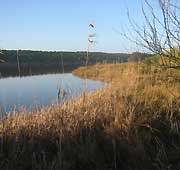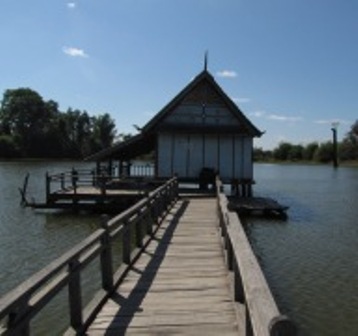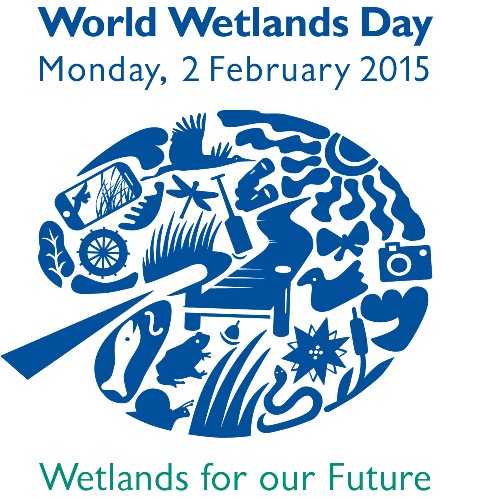Celebrating the wealth of wetlands
Every year, 2 February marks World Wetlands Day, commemorating the 1971 signing of the Ramsar Convention – an international treaty for the conservation and sustainable use of wetlands. This year’s theme is ‘Wetlands for our Future’, aiming to raise awareness among younger generations, and for all to reflect on the health and unique value of wetlands.
Wetlands are some of the most biologically diverse ecosystems on Earth. Wetlands such as the Okavango Delta in Botswana, the Mekong Delta in Asia, or the Pantanal in South America represent unique habits for animal and plant species.
Migratory waterbirds were included in the original title of the treaty, as ‘The Convention on Wetlands of International Importance, especially as Waterfowl Habitat’. Migratory birds could not undertake their tremendous journeys without wetlands providing them areas for breeding, nesting, resting, and as a source of drinking water, food and shelter.
But wetlands are also a crucial part of the global water cycle. They regulate water availability and quality. Wetlands perform services such as water filtration and purification, as well as nutrient cycling and carbon sequestration. Peatlands, such as the vast permafrost areas of Russia and Canada, the Everglades in the US, Paramós of the Andes, or the Greater Berbak in Indonesia, harbour approximately 30% of all carbon on land; they represent the most important carbon storage on land, and the second most important one, next to the oceans.
Other than services for biodiversity and water resources, wetlands provide food and other materials, such as fish, rice, agricultural products, timber and fibre, playing a vital role in the livelihoods of millions. Global inland fisheries production in 2010 was 11.2 million tonnes and inland aquaculture production was 41.7 million tonnes – all of these catches derived directly from wetlands.
When WWF released its Living Planet Report in September 2014, it showed that of all species, freshwater species showed the most dramatic decline - 76% between 1970 and 2010. The main threats to these species are also the main threats to wetlands: degradation, conversion and pollution. Since 1900 some 70% of all wetlands worldwide have been destroyed.
Yet there is hope. The Ramsar Convention has flourished into a modern global treaty with over 160 contracting parties, testimony to its success and international will. With 2,186 wetland sites under international protection, this area represents approximately 208 million hectares – the largest protected area network in the world. And the list is growing.
In July 2010, IUCN played a key role in supporting Laos’ accession to the Ramsar Convention. IUCN had worked with the Lao Government on the process of accession since 2003, with support from the Swedish International Development Cooperation Agency (Sida). Following Laos’ accession, the country’s first two wetlands of national significance, the Xe Champhone and the Beung Kiat Ngong Wetlands, were designated as Ramsar sites. The country is now committed to protect its vital natural wetland resources at a crucial point of rapid economic development in the country.
Wetland restoration cases from around the world also show that once restoration succeeds, the economic and social benefits can be exceptionally high. Such is the case in the coastal wetlands of Muthurajawela in Sri Lanka. An economic valuation study by IUCN revealed the wetlands were worth over US$ 7 million per year in services such as flood reduction, industrial and domestic wastewater purification, and year-round water supplies. More than 30,000 people, whose livelihoods depend on well-functioning wetlands, benefitted from these economic goods and services.
In line with this year’s theme of ‘Wetlands for our Future’, the Ramsar Secretariat is calling on young people between the age of 15 and 24 to take pictures of their local wetlands and enter them in the Ramsar Wetland Photo Contest.







